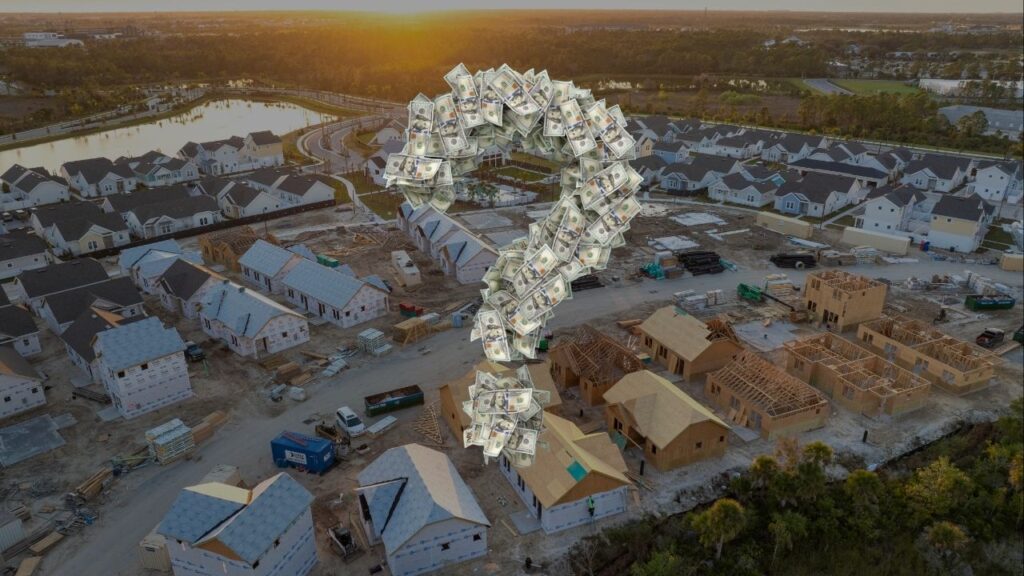New poll shows Democrats narrowly leading in four of six battleground California House races, with Central Valley contests particularly close. (GV Wire Composite/Paul Marshall)
Share
|
Getting your Trinity Audio player ready...
|
New polling data suggests Democrats are narrowly leading in four of California’s six most closely-watched swing districts for the U.S. House of Representatives. The survey, exclusively shared with Politico, was conducted by researchers from three California universities.
Central Valley Battlegrounds Show Tight Margins
In the Central Valley, Democrat Rudy Salas is leading Republican incumbent David Valadao by four points, 43% to 39%, in CA-22 (Bakersfield and Kern County). This represents the largest margin of any swing-seat challenger in the poll. In the neighboring CA-13 (Merced County), Democrat Adam Gray holds a slim two-point lead over Republican incumbent John Duarte, approximately 44% to 42%.
Christian Grose, the lead pollster and a political science professor at USC, cautioned that both leads fall within the poll’s 6% margin of error for these districts. He noted, “The rural Central Valley is notoriously difficult to poll due to low voter engagement.”
Related Story: Most Hispanic Americans Support Abortion Access: AP-NORC Poll
Democratic Enthusiasm vs. Republican Resilience
The survey also found that Democratic voters tend to be much more excited than their Republican counterparts about the House candidates on the ballot. Grose suggested this enthusiasm, combined with higher turnout in a presidential election year, could help Democrats flip seats in the Central Valley and Orange County suburbs.
However, Grose also pointed out that most Republican incumbents in purple districts are polling far better than former President Donald Trump and Republican Senate candidate Steve Garvey. This suggests Republicans could offset Democratic momentum by convincing voters to cast split ballots.
The poll, conducted from September 14-21, provides a rare glimpse into these battleground races, which aren’t often surveyed. As Grose summarized, “If the Democrats control the House in 2024, it’s probably because four or five of these districts flip. It truly is so close that everything on the margins can make a difference.”
Read more at Politico
RELATED TOPICS:
Categories



















